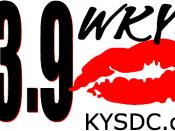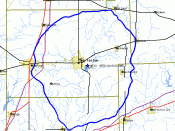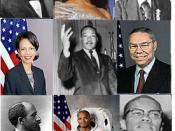Introduction
In 1980 Catherine Hughes and her husband raised money to purchase a radio station in Washington, D.C., for just under $1 million. They started the radio station by changing it from a R&B station and public affairs to talk radio. Starting off as radio hosts and becoming personalities throughout the years, the Hugheses acquired more and more stations. In 1987 they purchase WMMJ-FM for $7.5 million, in 1992 and 1993 they purchased four stations in Baltimore, Maryland for $6.4 million and in 1995 they bought WKYS-FM in Washington for a record high $34 million. This was the largest acquisition in the company's history at that time, which as well presented an exciting opportunity to them, because the station had been No. 1 in the market, but had fallen to No. 13 by the time of the purchase. Concentrating mostly on the African-American market, also onto the South East of the United States, left Radio One with a market that at first did not find many advertising agencies that wanted to invest and advertise on these radio stations.
Radio One's strategy was to "provide urban-oriented music, entertainment and information primarily African-American audience in as many major markets as possible." Alfred Liggins III, the CEO at the time of the merger talks and Scott Royster, the CFO of Radio One, continued to expand their radio station throughout the Eastern US, even going further north, like Detroit, MI. In May 1999, Liggins led the company to its IPO and by the end of their fiscal year Radio One, Inc. recorded a $81.7 million in net revenue, defined as revenue from local and national advertising less agency commissions. This was equivalent to an average growth rate of 51% over three years.
In 1992 the Federal Communications Commission (FCC) relaxed its tight existing regulations...


